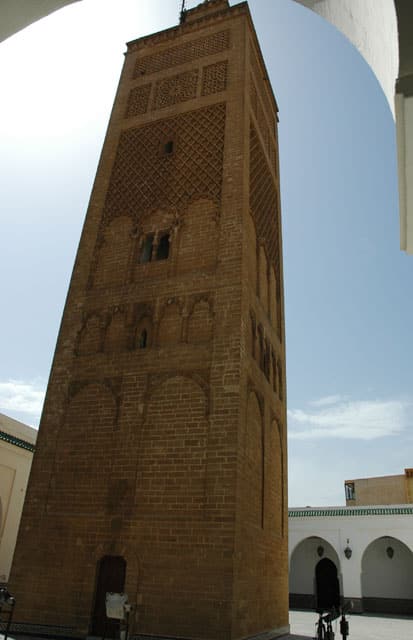Sunday morning after our fishing net adventure, we were finally nearing Rabat, the capital of Morocco. The pilot book warns not to try to enter the river in the dark and it quickly became apparent why. The coast is covered in lights, none of which appear to be for navigation. We watched a spectacular sunrise coming up over the city and couldn’t make out the two sets of jetties until after dawn. The authorities recognize the difficulty and come right out to escort you in when hailed by VHF. “Welcome to Morocco, we will be there in seven minutes,” was a welcome message to hear on the radio!
The river that divides Rabat and Salé was too silted in for major use until it was dredged in 2008. Now a huge marina complex is under construction with waterfront condos and restaurants.
We had read horror stories about clearing customs but the process was straightforward and just required a little patience. All officials were professional and friendly, and there were enough English speakers between them to help us through all the appropriate forms. They took our passports and insurance papers for photocopying and had brought them back by the time we had finished cooking and eating breakfast. Then we were escorted across the river into a slip. Our biggest surprise was to find French the language of choice over Arabic.
The Bourgreg Marina is clean and efficiently run. It has a building where men can take hot showers and women can take cold ones, and numerous armed guards. There are a couple of cafes and restaurants that are popular with well-to-do locals and sometimes there’s a dumpster to throw trash, sometimes not. Each slip has power (which we did not use because of unknown voltage) and water which the boat next to us said was potable but we used only for washing.
There were a handful of European cruising boats in port and everyone we met was friendly. The marina has an aristocratic feel, evidenced by the king’s pontoon and Range Rovers that occasionally blasted through. It seems the only things missing at the moment are a nearby ATM and laundry services.
Rabat is an incredible walled city and a great introduction to the Muslim world. Beautiful arches, textures and colors are everywhere, even in run-down neighborhoods. The souk, or market, has pottery, carpets, metalwork, leather goods and more artsy items in its center, surrounded by more modern items (presumably for the locals) near the edges, with everything from panty hose to smartphones.
It’s easy to be deceived by tacky storefronts but wandering into stalls often reveals cavernous shops with far more selection. Sometimes we’d wander down an alley and find a hidden courtyard with even more shops. The souk is a place worth getting lost in for a few hours.
Ben worked on his haggling skills and got two beautiful bowls for a total of $40 and Nate got a tiny rug for the boat for about $2. We were surprised how little we were hassled by merchants, and the guide books confirmed that this trait is specific to Rabat.
Closer to the water is the kasbah, or fort, with huge Islamic arches and tiny alleys painted half white and half blue. Our unofficial tour guide (some guy who latched onto us on the street) told us the blue deters mosquitos. He also showed us some lovely architecture (a colonial-Islamic mix) and directed us to the kasbah cafe, which was pretty touristy but had amazing water views and delicious sweet mint tea.
Unofficial tour guides are everywhere and in our experience pretty much always worth the couple of dollars they demand at the end of the tour (even though the guide book says to avoid them). They took us to parts of the souk and kasbah we never would have found on our own. We realized later that it’s best to break the 200 dirham notes the ATM spits out by buying water or soda in little shops. Ben had also bought a ton of Marlborough Reds at the airport and we sometimes hand them out, but what everyone really wants is the money.
After the souk and the kasbah we were getting a little hungry and started wandering toward a restaurant recommended by the guidebook. This turned into a real “three hour tour” wandering the city and when we eventually found the right street the place was closed. Now in the dark and getting hangry (hungry-angry), we got in a cab and named the other, more expensive Moroccan food place place in the book. The taxi cost so little (about $1 for a 15-minute ride), we thought the price was missing a zero at the end. It’s crazy how cheap the cabs are.
The restaurant Dinarjat was everything we were hoping for and more. Out on the street there was a sign that said we were in the right vicinity but the way to find the restaurant is to find the old man with the lantern. He led us down through a maze of alleys, the candle in the lantern flickering as he went. Suddenly he stopped and knocked on a door set into the wall.
Walking through the door was like entering a different world. The restaurant is in an old riad, or house that surrounds an interior courtyard, with intricately carved arches and a gurgling fountain. The hostess asked if we had reservations but didn’t seem to mind when we did not. A silver teapot with water was brought around for hand washing and assortment of vegetables, chutneys and breads was presented to be shared by the table. Nate ordered a lamb couscous and Ben and I had tajines, the Moroccan specialty of slow-cooked meat dishes with vegetables and amazing spices. Everything was delicious and we passed all three meals around to share. Ben commented that it might be the fanciest dining experience he’s ever had and I would agree: the number of servers and plates and courses was truly remarkable. Dinarjat, which may be one of the fanciest restaurants in Rabat, only ended up costing us about $20 per person. We are loving the exchange rate!
I have been wearing long skirts and tee shirts, but in Salé I covered my head with a scarf as well, as it is a more traditional town. So far in Morocco we have seen the full range of women’s clothing: everything from full burka to just hijab (head scarf) to bare heads. It appears to be generational, as it’s common to see a mother in hijab walking with a daughter not covered.
On Monday we headed to Salé, the older city across the river from Rabat. The main attractions there are the Grand Mosque and medersa school for the Qua’ran. Once again we picked up an unofficial tour guide who led us to the courtyard of the mosque, but then he got in an argument with another man and we slinked away around the corner. Our next guide was the best we’ve had so far. He spent over two hours showing us around Salé.
Next he took us to the souk in Salé which was almost deserted at 3:00pm. We only saw two other tourists in the souk and think it is more popular with locals. Our guide told us the market is filled with food in the mornings but quiet in the afternoons. With his help translating, we purchased ground spices including cumin, paprika, saffron, and a few we will have to look up when we get home. Our guide sat with us for mint tea and scratched the ears of all the tiny cats that wandered by.
Click here to read the previous post, Making Way to the Maghreb.
Click here to read the next post, Cruising the Coast of Morocco.
There were a few of books we found helpful in Morocco
Lonley Planet Morocco by James Bainbridge, Alison Bing, Helen Ranger, and Paul Clammer. Lonely Planet, 2011. (This one had particularly helpful maps of individual cities!) Courtesy of Lonely Planet.
Moroccan Arabic: Lonely Planet Phrasebook by Dan Bacon, Lonely Planet Publications, Bichr Andjar, and Abdennabi Benchehda. Courtesy of Julia and Sam Thompson.
Fodor’s Morocco, 5th Edition by Fodor’s Travel Publications. Fodor’s, 2012. Courtesy of Julia and Sam Thompson.
North Africa: Morocco, Algeria, Libya and Tunisia Including Gibraltar, Pantelleria and the Pelagie Islands and Malta, 4th Edition by Graham Hutt and the RCC Pilotage Foundation. Imray, 2011. Courtesy of the Cruising Club of America.
Click here to read more of our adventure!
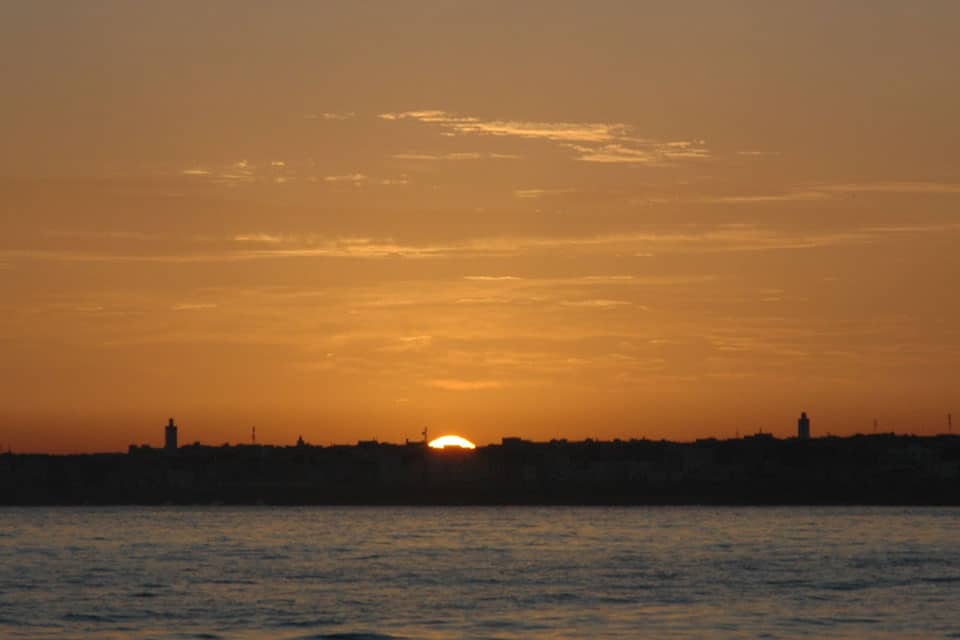
rabat-sunrise.jpg
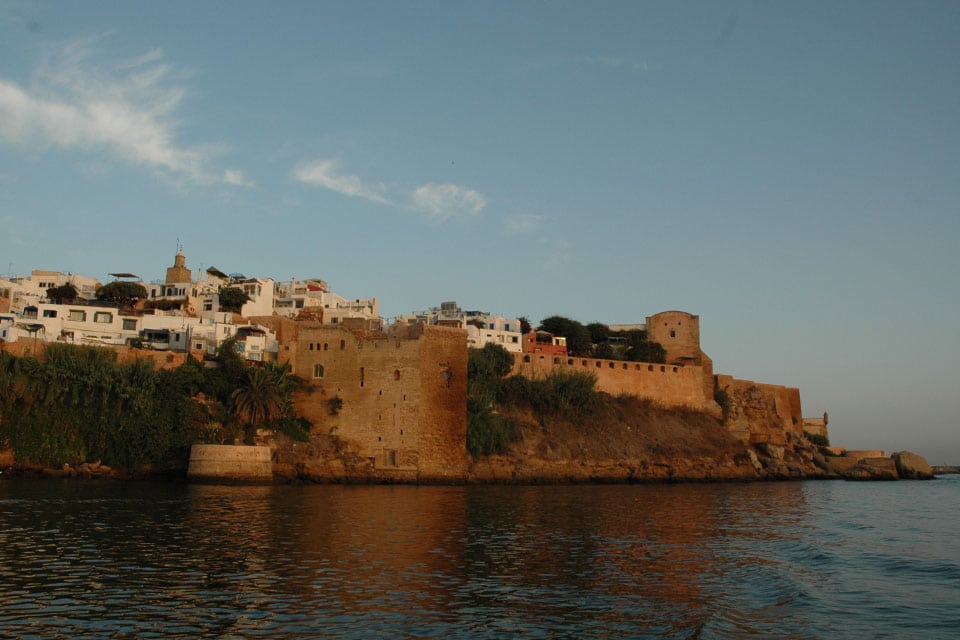
rabat-entrance.jpg
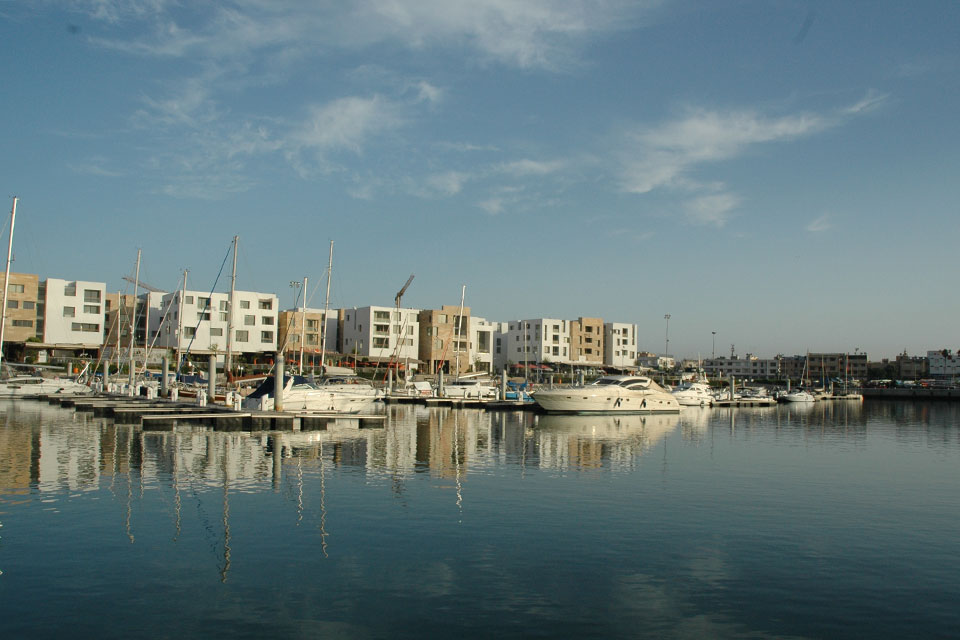
rabat-marina.jpg
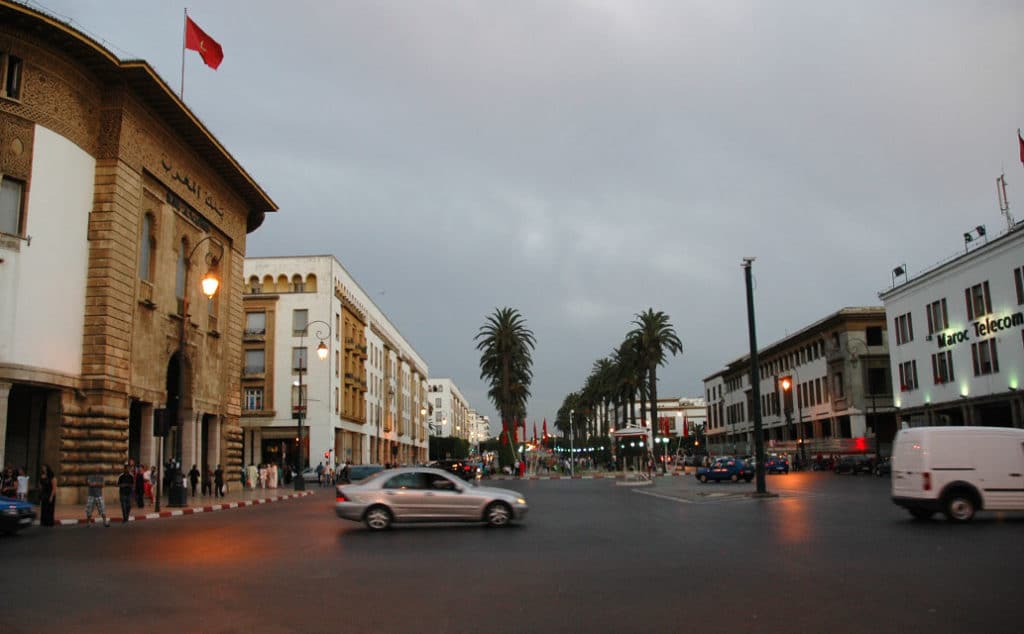
rabat-city.jpg
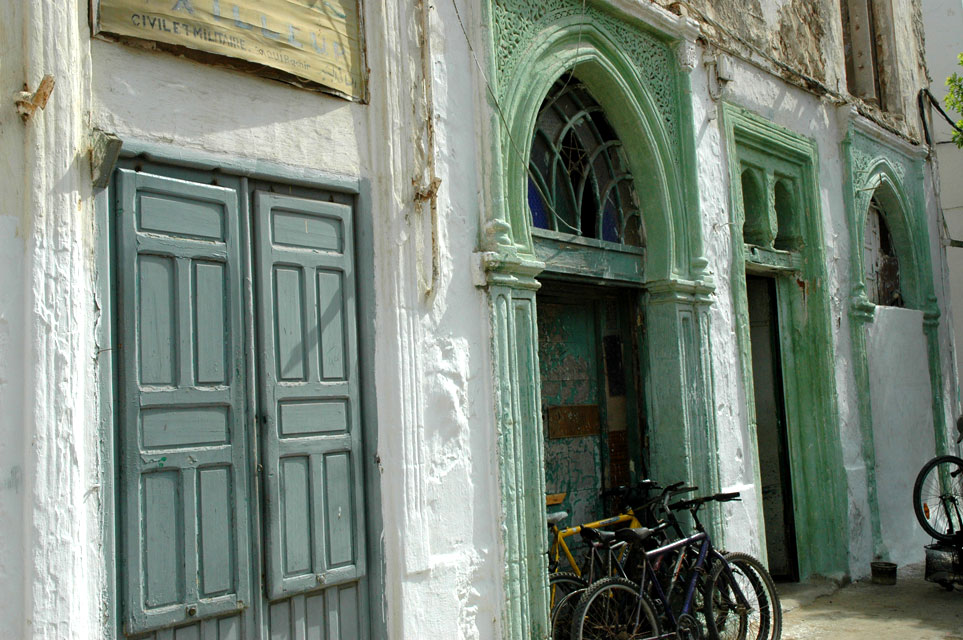
rabat-street.jpg
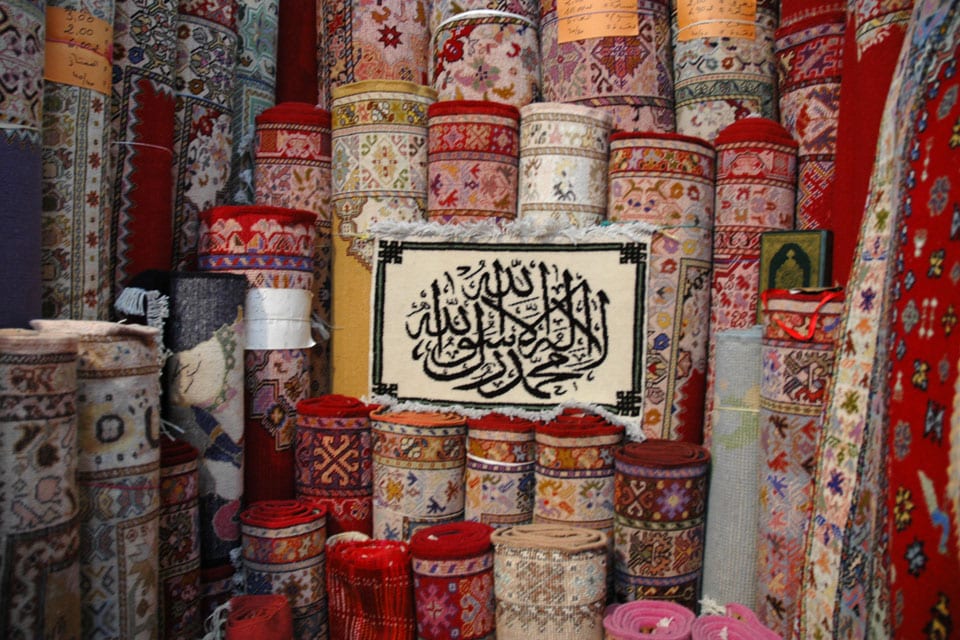
rabat-carpets.jpg
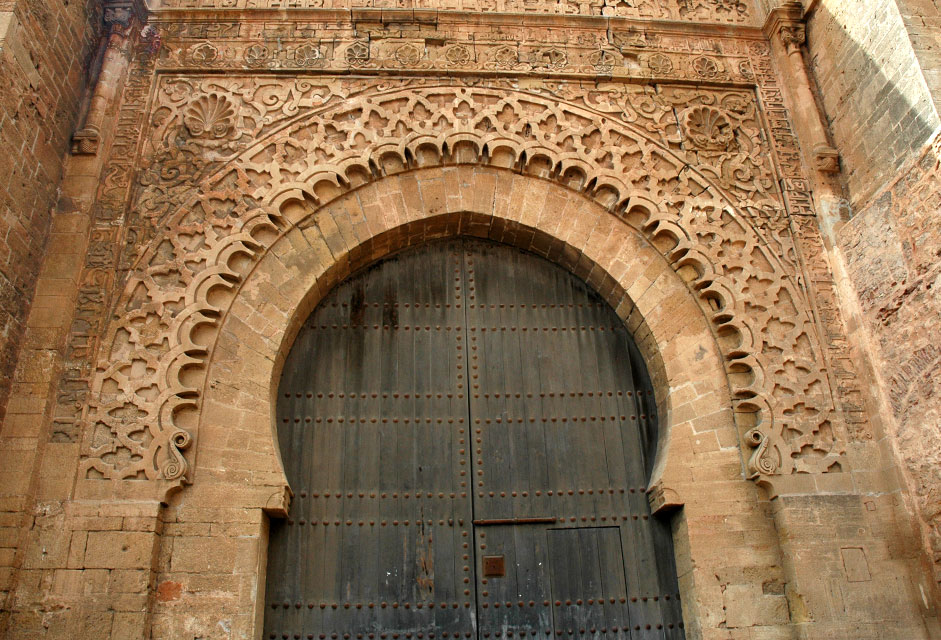
rabat-kasbah-arch.jpg
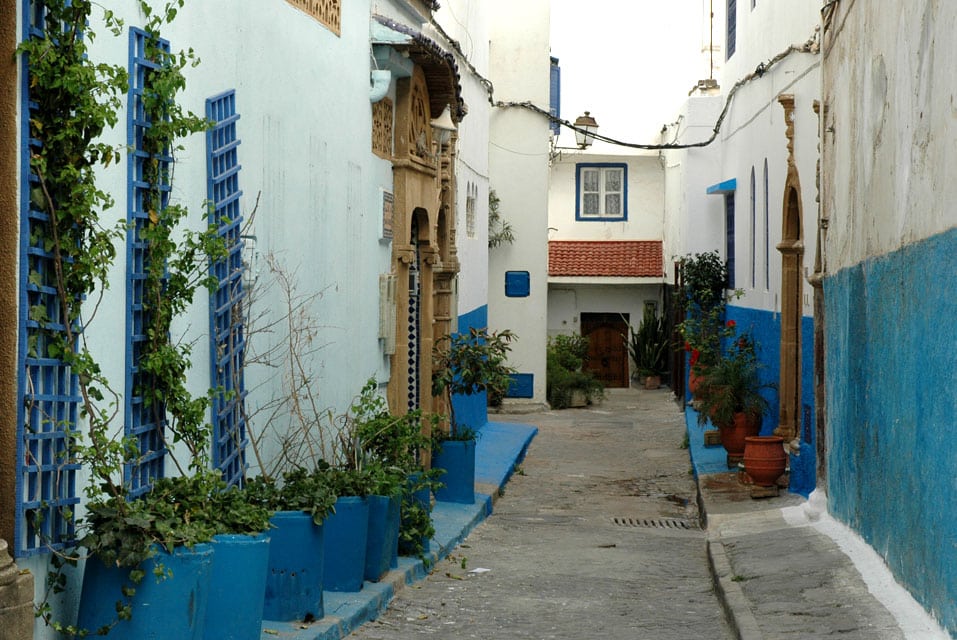
rabat-kasbah2.jpg
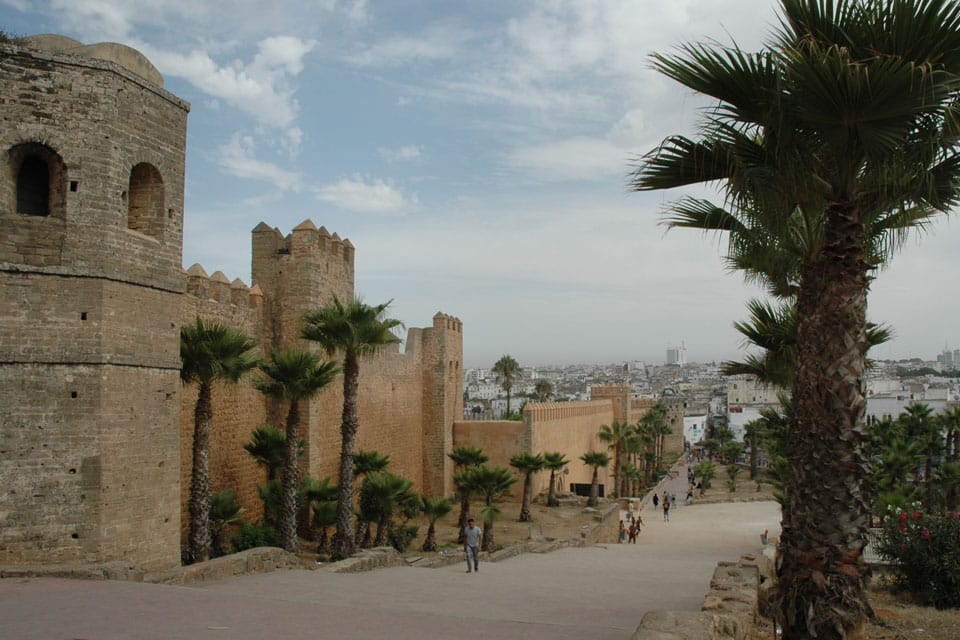
rabat-kasbah.jpg
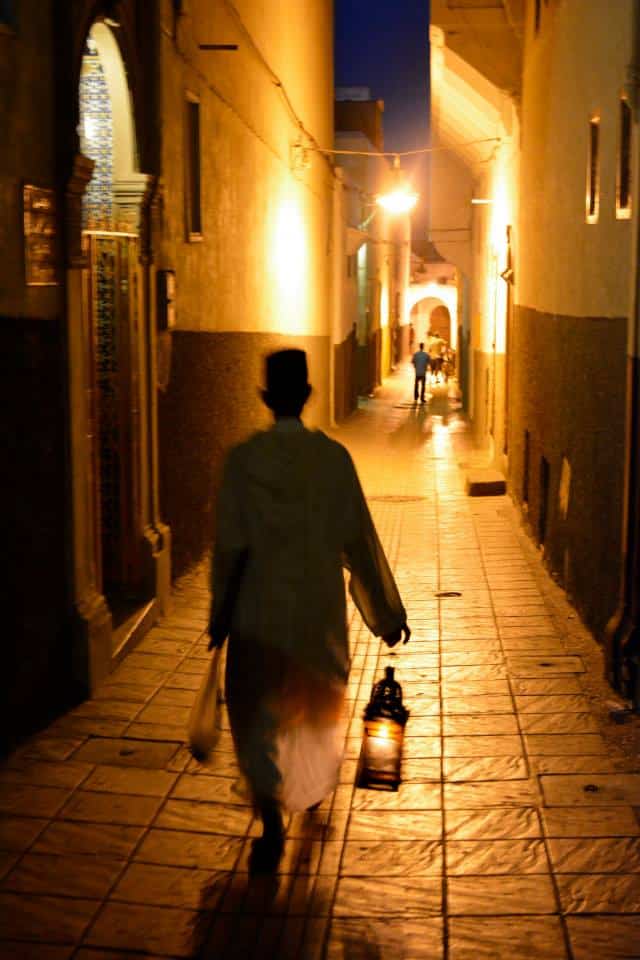
Moroccan Lantern Man
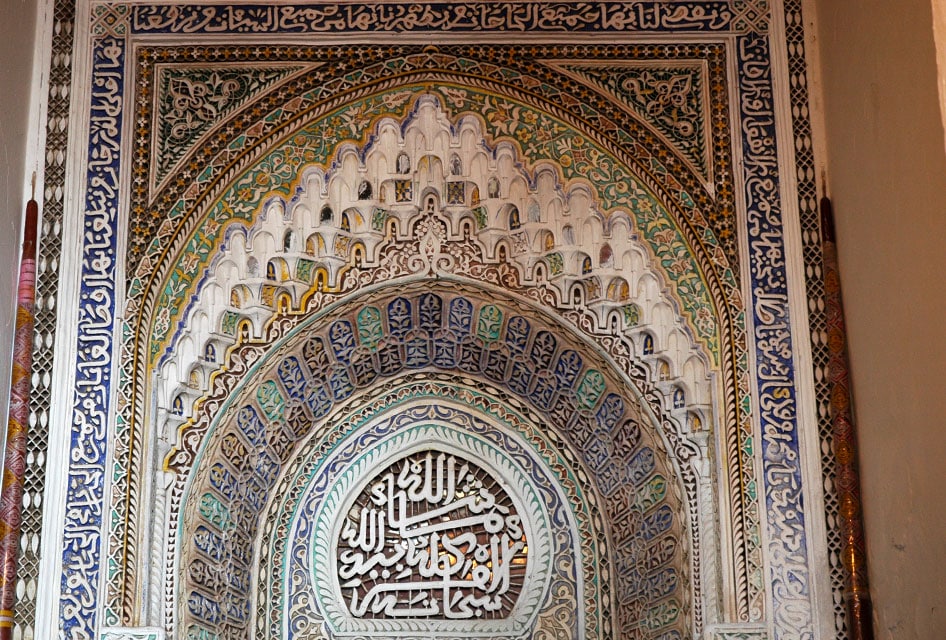
sale-mosque.jpg
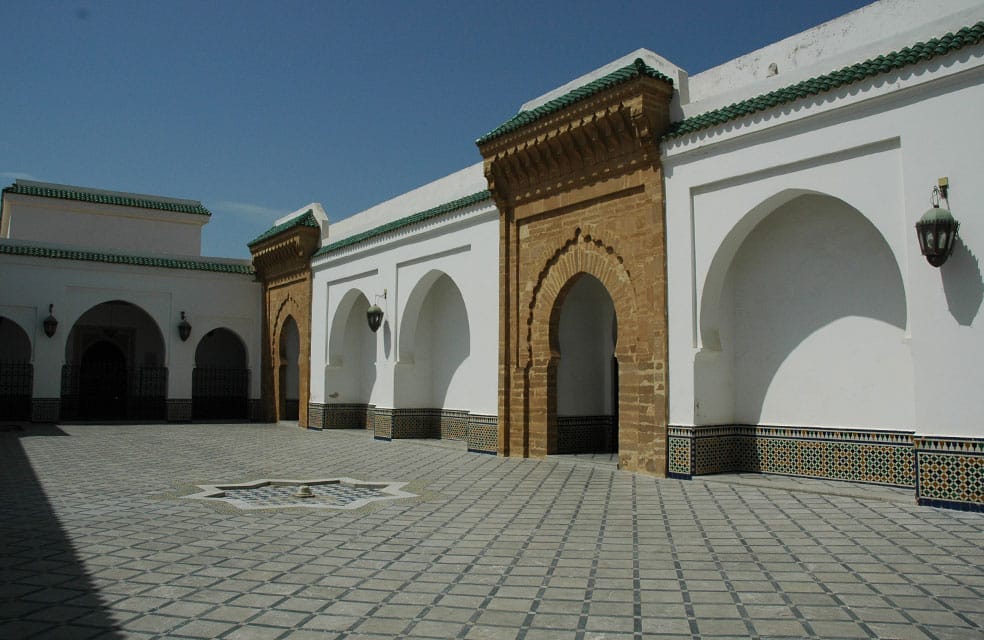
sale-mosque2.jpg
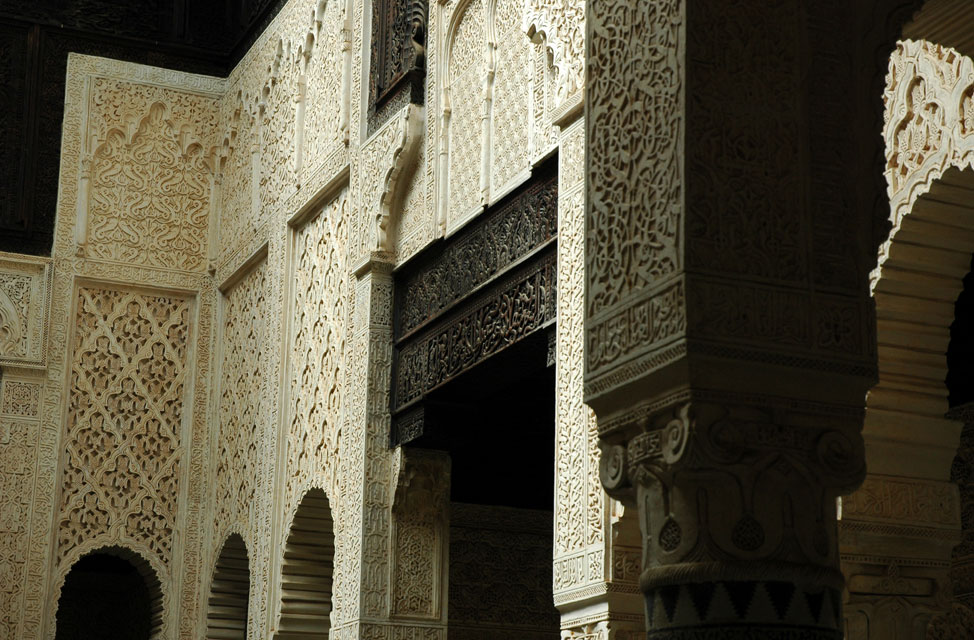
sale-school.jpg
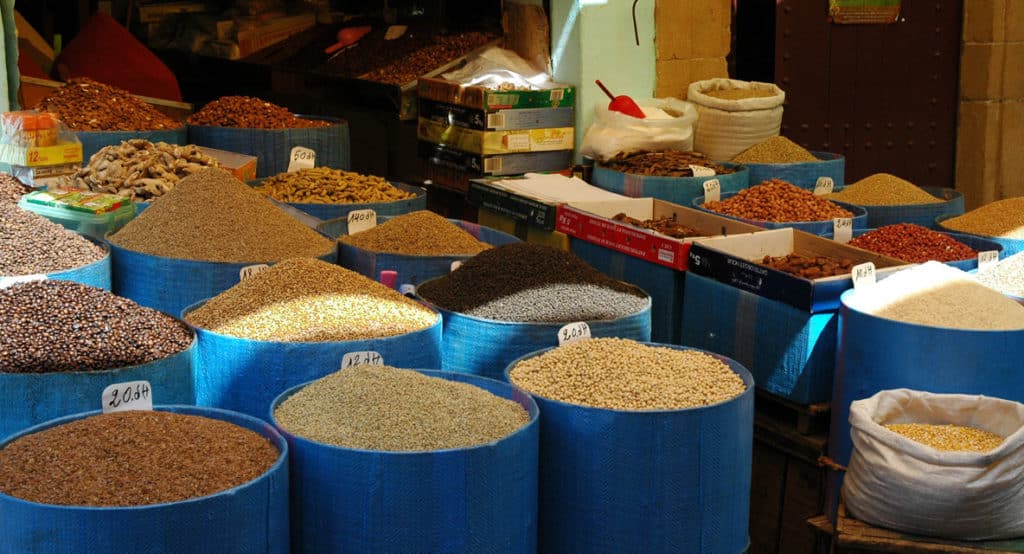
sale-spices.jpg
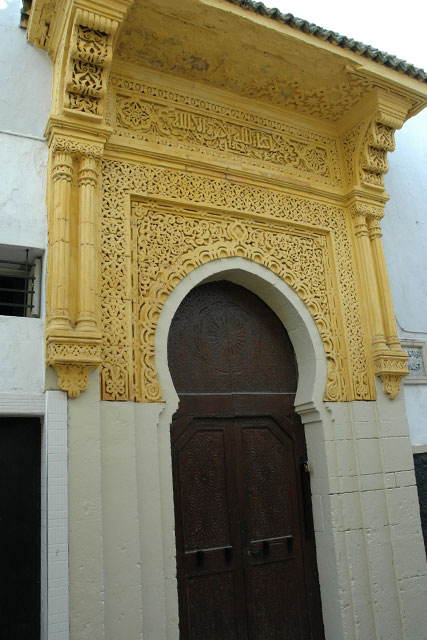
rabat-yellow-arch.jpg
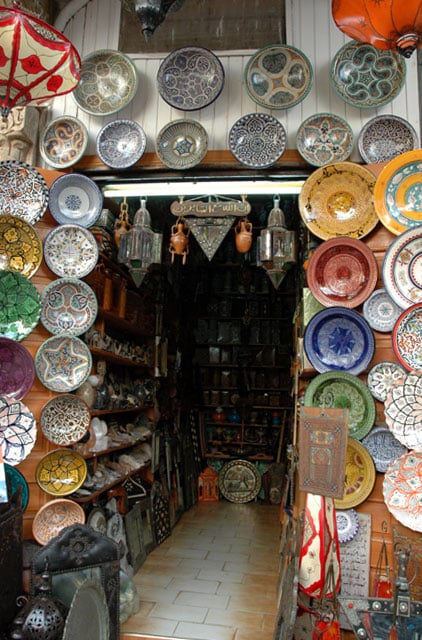
rabat-souk1.jpg
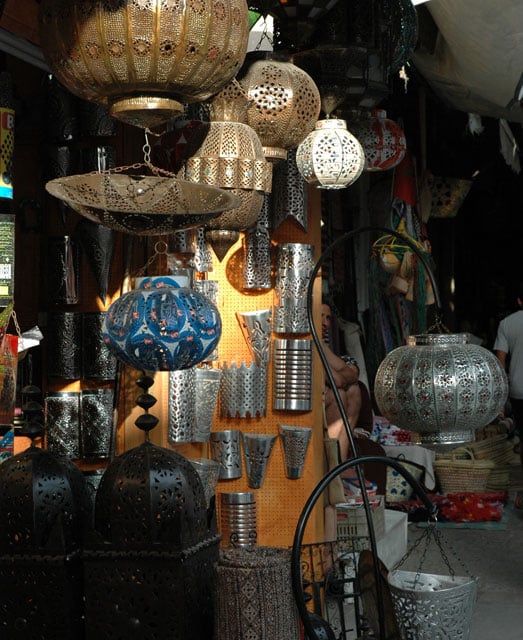
rabat-souk2.jpg
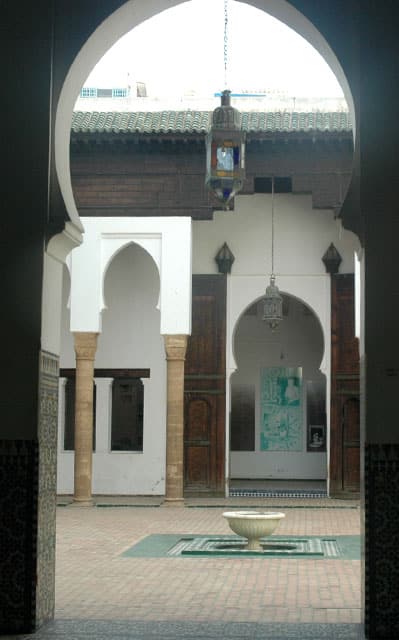
rabat-riad.jpg
